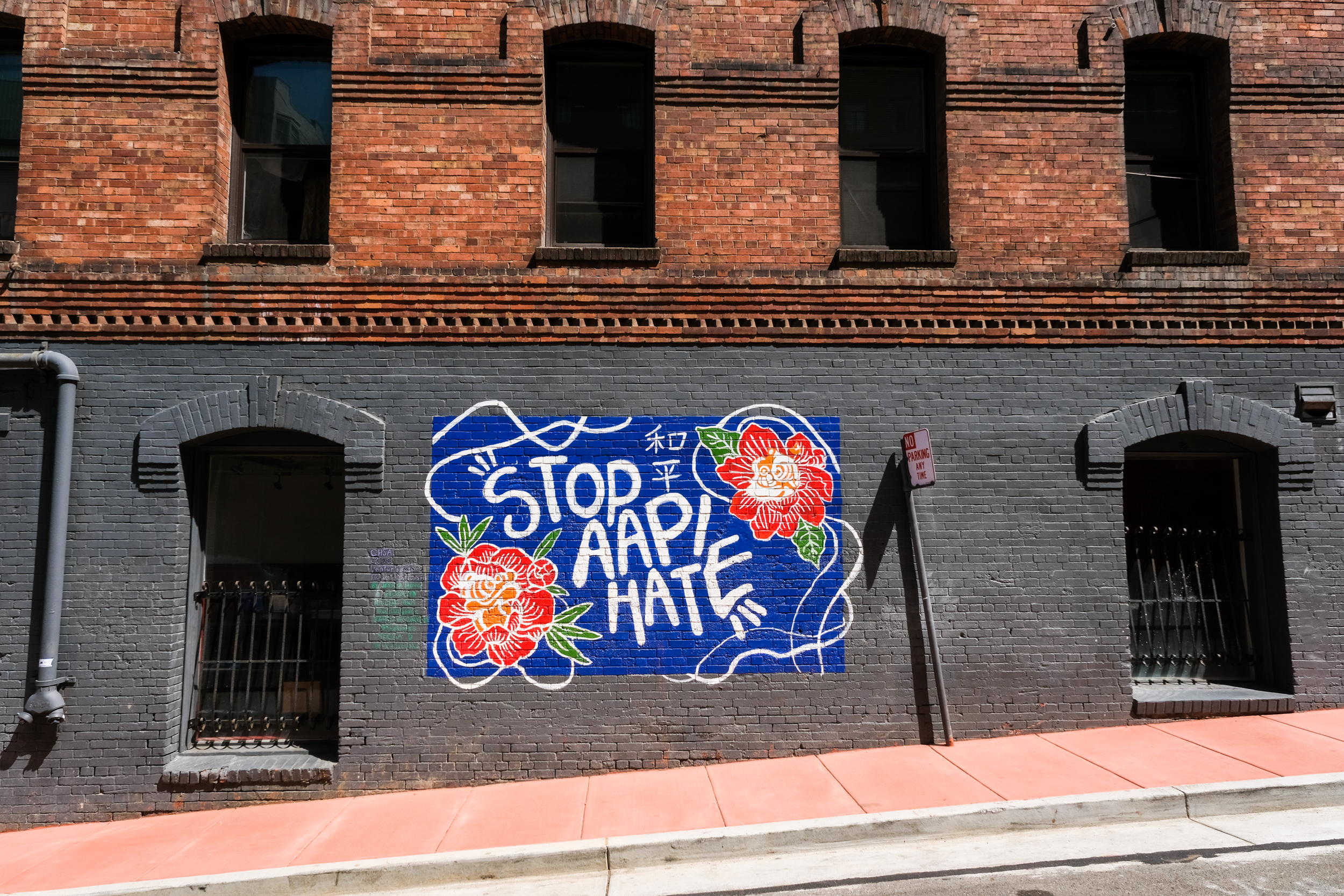This year made a deep mark in San Francisco’s history—and many of the issues that left such an indelible imprint involved the Asian American community.
From a rise in reported hate crimes to the community’s political influence and the opening of the brand new Chinatown cultural headquarters and a long-awaited subway station, the community that makes up more than a third of the city experienced some ups, some downs and a wide range of emotions in between in 2022.
The Standard tracks the city’s large and diverse Asian American communities closely enough that we’ve made it a dedicated beat with stories that became a defining part of the year.
Here are eight memorable moments from 2022.
Year of the Tiger and 1.25 Million People
Pandemic lockdowns meant fewer visitors to San Francisco’s Chinatown—a huge blow for a neighborhood where so many livelihoods depend on tourism and foot traffic. It didn’t help that the neighborhood’s marquee event, the Chinese New Year Parade, was halted in 2021, depriving merchants of the annual influx of customers and income they normally rely on.
In February 2022, the Year of the Tiger parade returned with star Daniel Wu and many elected officials, who brought much-needed energy to the local businesses. According to the police, the estimated number of people visiting the Chinatown area during the festivities is 1.25 million, a figure that’s about the populations of San Francisco and Oakland combined.
A Massive Spike in Anti-Asian Hate
Mayor London Breed, Police Chief Bill Scott and Chinese community leaders gathered in Chinatown earlier in the year to announce a shocking statistic: a 567% increase in reported anti-Asian hate incidents in 2021.
Law enforcement received 60 reports of hate incidents against AAPI victims in the city in 2021. The number reported in 2022 won’t be known until sometime in early 2023. While the 60 incidents in 2021 represented a huge jump, 31 of the crimes were allegedly committed by one man targeting Asian-owned businesses for vandalism.
The Passion for Recalls
Two successful recall campaigns in local politics attracted the national spotlight—and the city’s Asian American community provided critical momentum that led to both.
Frustrated by the Lowell High School admission changes and pandemic-related school reopening plans, Chinese American parents mobilized to recall three school board members.
Just four months later, public safety concerns led the Asian American community to show more support than any other demographic in San Francisco for the recall of District Attorney Chesa Boudin.
Renamings Honor Victims
The public safety concerns that drove AAPI support for Boudin’s ouster left their mark on more than the city’s politics. San Francisco renamed a park and a street to honor two Asian American victims of violence.
Yik Oi Huang, an 89-year-old grandma who was violently assaulted in 2019 while exercising at Visitacion Valley Playground, died a year later. After years of advocacy led by community members and Huang’s granddaughter, Sasanna Yee, the city renamed the playground Yik Oi Huang Peace and Friendship Park in May 2022.
The other renaming memorialized Vicha Ratanapadee, an 84-year-old Thai American grandfather, who died after he was pushed to the ground in early 2021. The San Francisco resident went on to become a prominent face of the national Stop Asian Hate movement, and his killing led San Francisco officials to rename a street after him close to where the assault happened.
New Chinatown Cultural HQ
After years of planning, fighting and—thanks to state funding spearheaded by Assemblyman Phil Ting—2022 marked a milestone for a project near and dear to the Asian American community. This was the year San Francisco’s Chinatown finally got what it needed to create a brand new cultural and art headquarters.
Backers envision the center as a capstone of a tourist hotspot, Clay Street and Grant Avenue. In a building acquired by a coalition led by the Chinatown Media & Arts Collaborative, it will also share office space with major Asian American community-based organizations, and host community events and other programs to revive the neighborhood that holds a special place in the city and wider significance as the nation’s first Chinatown.
Blockbuster Bruce Lee Show
Legendary movie star Bruce Lee was born in Chinatown, and his story never left.
This year, the Chinese Historical Society of America, a prominent Chinatown museum, launched a major exhibition in 2022 all about Lee’s life and legacy—one that’s still ongoing. It features an immersive light show with an image of a shirtless Lee, as well as displays of costumes from his movies, photos of him as a child and his birth certificate. Elsewhere in the exhibition, multiple screens play clips from some of Lee’s movies and video interviews, including one with Shannon Lee, Bruce’s daughter.
The Last Cantonese Lecturer
The year gave us a local highlight in the growing Save Cantonese movement, thanks to Grace Yu—the last Cantonese lecturer at City College of San Francisco.
Since joining the faculty in 1978, Yu has watched the school’s Cantonese program grow and shrink until she became the last one left teaching the Chinese language spoken for more than a century in San Francisco. The veteran language professor and other activists celebrated a milestone in a yearlong fight when City College complied with their demands to add more classes and create a certificate program for Cantonese.
Central Subway Finally Opens
The long-awaited and controversial Central Subway project held its soft opening at long last in November, with the full service expected to start in early January.
The Asian American community cheered the culmination of the 1.7-mile rail line linking Chinatown, Union Square and SoMa. This year marked the project’s transformation from a public laughingstock into a new hope for Chinatown’s revitalization.
As the drama over delays and budgeting subsides, however, another drama emerged around the project. Controversy arose yet again when a plaque that debuted at the station’s opening sparked a debate over the birthplace of its namesake, Rose Pak.
